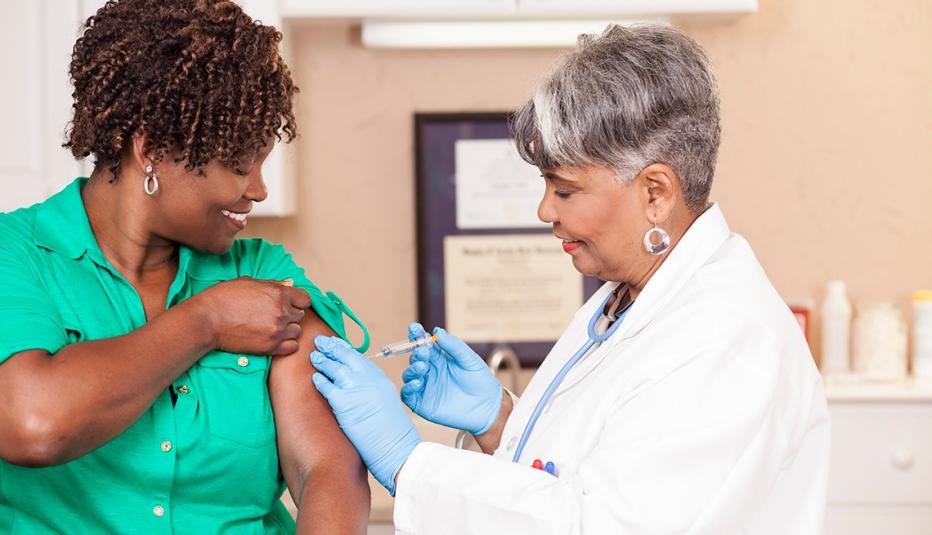AARP Hearing Center
An American Rural Transit Mastermind


It’s no doubt startling to passers-by to see Robin Phillips whip off her skirt right there on the sidewalk, leaving her standing in black spandex shorts, a white oxford, and a colorful abstract floral scarf around her neck.
From there, she continues her transformation from DC office worker to urban bike commuter, pulling a helmet from her faded yellow cargo carrier hitched to her bike and replacing it with her rolled-up office attire. She unlocks her bike. She unlocks her carrier. Now, she is ready for what obviously is a well-practiced ritual of getting around the city without a car.
Her transportation of choice—and career of choice—are engrained in her. “My multi-modal approach to mobility evolved as I grew up,” she explains. “I was seven in 1968 when I took my first city bus trip alone in the north end of Chicago to my after-school program. I moved to Portland, Oregon for college without a car. While a regional transit program manager, I lived in highly rural, eastern Oregon for a year and a half without a car. That may seem really wild but the fact is, there is an existing network of transportation services that residents can tap.”
Given such resourcefulness and creativity, her accomplishments aren’t much of a surprise. Among them: This office worker-turned-urban biker is the mastermind behind the rebirth of rural, intercity bus service in America. And her mission continues.
In spite of her urban lifestyle these days, in fact, rural transportation remains her passion. For a long time, rural intercity bus service has been in need of rejuvenation. Since the late 1960s various industry disruptions led to millions of rural residents losing access to scheduled, intercity bus service as Greyhound and other operators closed depots in towns across America. Between 1997 and 2007, while serving as a transit program manager in Oregon and later Washington, Robin helped these Pacific Northwest states find a way to reverse that trend. She negotiated agreements among Greyhound and local private operators, and the state Department of Transportation. Greyhound came to the table as a true partner with the public sector to reinvest in rural America.
A landmark brainchild of Robin’s: an accounting method that made it easier for states to access federal funding by tapping into private sector investment in intercity bus service. Robin’s concept was approved by the Federal Transit Administration with the help of other industry experts, first as a pilot initiative. In 2012, the US Congress formalized the program by statute, opening up the opportunity for all states to set up these public-private partnerships with Greyhound and other companies. Today 29 states, have programs in place. Consequently, they have restored intercity bus service to more than 600 rural communities along 80 routes, enabling greater access to jobs, health-care services, and other resources supporting well-being. An AARP Public Policy Institute video and publication has recounted one state’s success.
Read more about the AARP Well-Being Champions.



































































